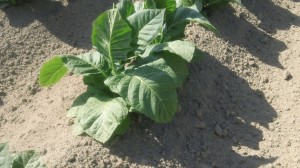
Tobacco Insect Scouting Report. June 12, 2014
It is our seventh week of scouting at our IPM and grower standard fields. The tobacco plants are looking healthy, …



El inglés es el idioma de control de esta página. En la medida en que haya algún conflicto entre la traducción al inglés y la traducción, el inglés prevalece.
Al hacer clic en el enlace de traducción se activa un servicio de traducción gratuito para convertir la página al español. Al igual que con cualquier traducción por Internet, la conversión no es sensible al contexto y puede que no traduzca el texto en su significado original. NC State Extension no garantiza la exactitud del texto traducido. Por favor, tenga en cuenta que algunas aplicaciones y/o servicios pueden no funcionar como se espera cuando se traducen.
Inglês é o idioma de controle desta página. Na medida que haja algum conflito entre o texto original em Inglês e a tradução, o Inglês prevalece.
Ao clicar no link de tradução, um serviço gratuito de tradução será ativado para converter a página para o Português. Como em qualquer tradução pela internet, a conversão não é sensivel ao contexto e pode não ocorrer a tradução para o significado orginal. O serviço de Extensão da Carolina do Norte (NC State Extension) não garante a exatidão do texto traduzido. Por favor, observe que algumas funções ou serviços podem não funcionar como esperado após a tradução.
English is the controlling language of this page. To the extent there is any conflict between the English text and the translation, English controls.
Clicking on the translation link activates a free translation service to convert the page to Spanish. As with any Internet translation, the conversion is not context-sensitive and may not translate the text to its original meaning. NC State Extension does not guarantee the accuracy of the translated text. Please note that some applications and/or services may not function as expected when translated.
Collapse ▲
It is our seventh week of scouting at our IPM and grower standard fields. The tobacco plants are looking healthy, …
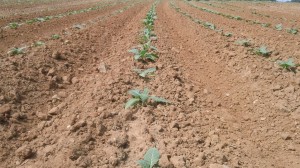
It is our sixth week of tobacco scouting, and this week brought a few changes. A small number of plants …

Our weekly scouting, now in week five, has shown a slight increase in flea beetle activity, but still well …
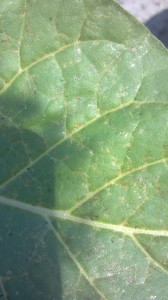
This week growers, agents, and consultants have noticed unusually large numbers of thrips on tobacco. This is no surprise …

Plants have grown quite a bit in the last week, likely due to increased rainfall. There were a couple of …
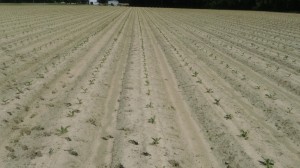
It is week three monitoring the Integrated Pest Management fields and the grower standard fields in our Eastern and …

It is week two for scouting in our Eastern 1 and 2 research fields. In order to potentially reduce …
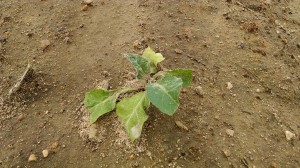
This summer, we have begun a new project focussed on implementing integrated pest management (IPM) practices for insects in …
Update, March 21: Thanks to all who participated in the webinar! We had some great questions and we enjoyed your …

Guest post by Amanda McWhirt, graduate student in the NC State University Crop Sciences Department. While planting for next season …
Recent concerns with weed seed contamination in tobacco are highlight in the Southeast Farm Press which also describes research at …

In the past week, we’ve noticed a dramatic jump in the number of hornworm caterpillars and eggs in our test plots …
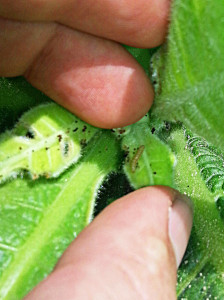
Caterpillars Large and Small So far this year, tobacco budworm numbers of in our research plots at both Kinston and …

This week, I have received several questions about possible phytotoxcity associated with insecticide applications directed against tobacco budworm. The …
The 2013 NC State University Tobacco Tour is scheduled for July 15-16 in eastern NC and July 17 in …

I received my first tobacco budworm calls for 2013 today, so it’s safe to say that budworm moths are …
It has been a relative quiet spring for insect questions in tobacco, but last week I received several calls …
Humans aren’t the only species with a sweet tooth. NC State University researchers and Extension specialists have found that …

Good morning (6:30 a.m., 2/21/13) Rains will be moving in tomorrow (Friday) and you may wish to take the opportunity …
As much as you may dread investing anything more into this year’s tobacco crop, you may want to consider …

This factsheet describes the biology of the cane lace bug or bamboo lace bug, Leptodictya …
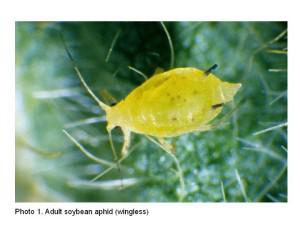
This soybean insect factsheet describes the biology, damage, and control of the soybean aphid, a …

This factsheet describes the biology of the banded sphinx moth or lesser vine sphinx, Eumorpha …

This factsheet describes the biology of the elm-grass root aphid, Tetraneura ulmi, and provides residential …
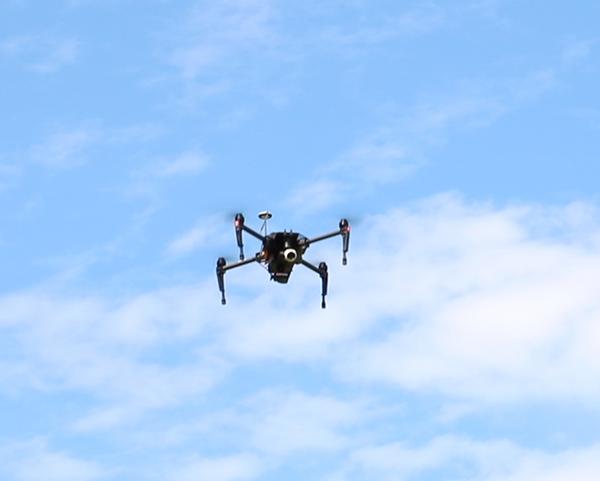
This publication discusses flying unmanned aerial vehicles (drones, model aircraft) for commercial purposes. You'll learn …
This publication describes the life cycle, scouting and treatment of the balsam twig aphid, a …
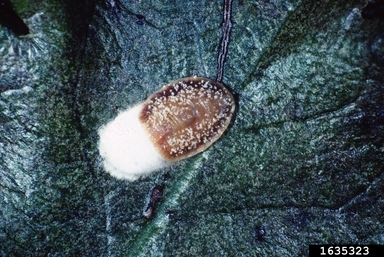
This article will cover two important scale insect pests of blueberries in North Carolina, terrapin …

This vegetable pathology factsheet describes the identification and treatment of anthracnose of pepper.